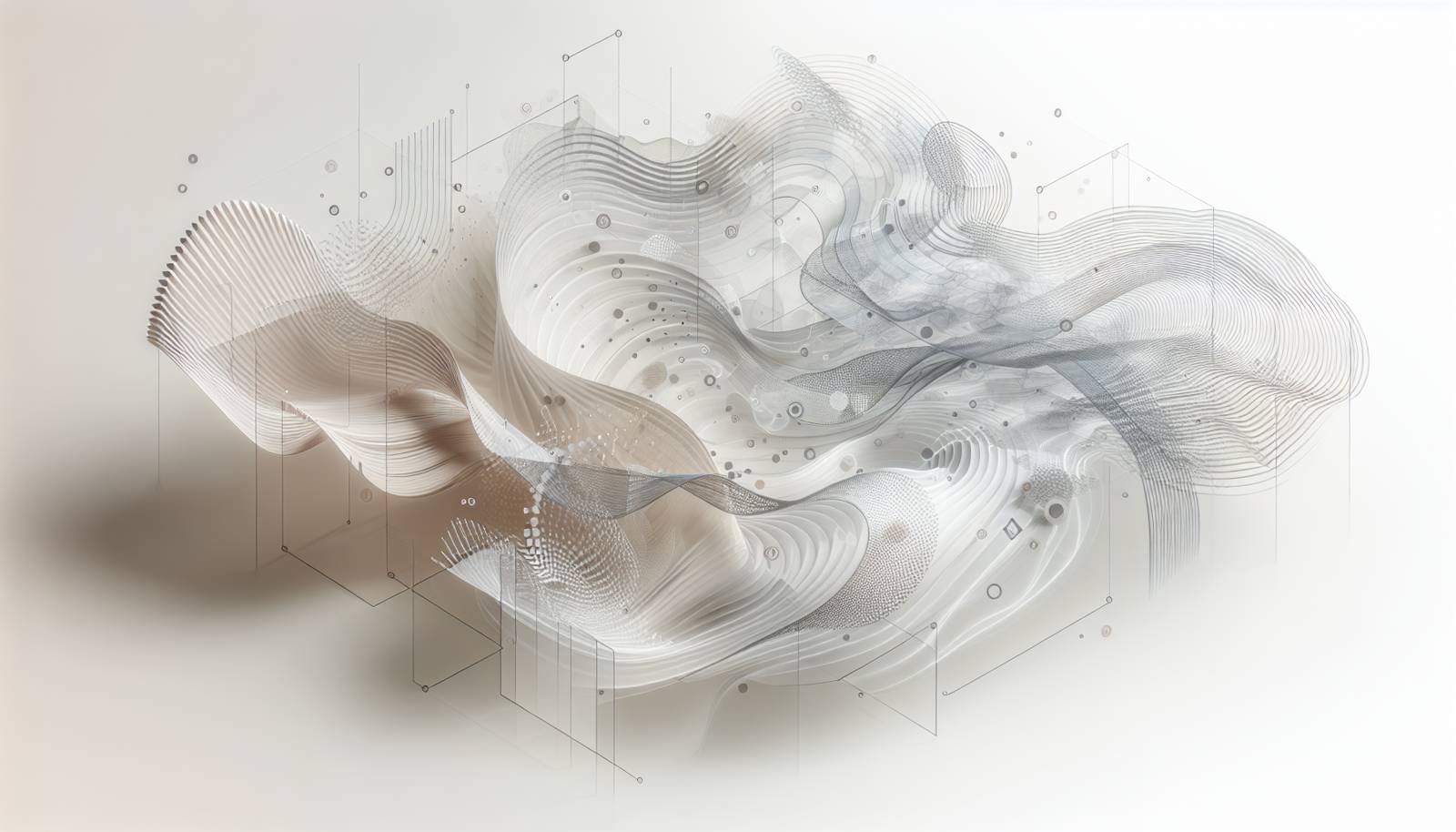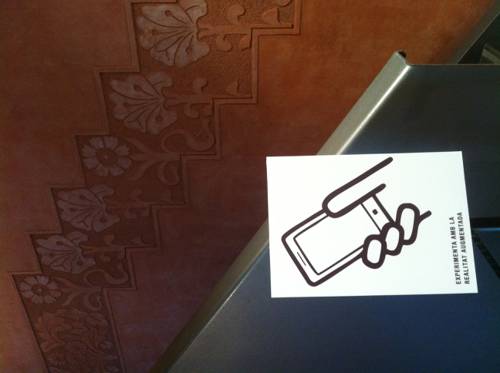
FAQ About The Cultural Impact of Augmented Reality in Art Installations

What is augmented reality (AR) in the context of art installations?
Augmented reality (AR) in art installations refers to the integration of digital elements into physical artworks through technology. By using devices such as smartphones or AR glasses, users can view digital overlays that enhance or transform their interaction with the physical artworks, creating a blended experience that mixes reality with digital augmentation.

How does AR enhance viewer engagement in art installations?
AR enhances viewer engagement by providing interactive and immersive experiences that traditional art cannot achieve. It allows viewers to interact with digital layers on physical artworks, revealing additional content, stories, or animations. This interactivity captures attention, encourages participatory experiences, and makes the art more personal and memorable.

Can AR change the way art is perceived by its audience?
Yes, AR can significantly change how art is perceived by its audience by adding layers of meaning and interaction that extend beyond the static presentation of traditional art. With AR, viewers can experience art dynamically, receiving different interpretations through sound, motion, or interactive narratives, fostering a deeper connection and understanding.

What are some examples of augmented reality art installations?
Examples of augmented reality art installations include "The Night Watch" by the Rijksmuseum, where AR brings historical insights to Rembrandt's work, and "Unnumbered Sparks" by Janet Echelman, which integrates AR for a collaborative light installation experience. These projects illustrate how AR can transform traditional artworks into interactive experiences.

How does AR contribute to storytelling in art?
AR contributes to storytelling in art by overlaying digital narratives onto physical pieces. These narratives can include animations, sounds, or interactive dialogues that provide context, history, or fictional elements, enabling artists to convey complex stories that engage viewers on multiple sensory levels, thereby enriching their experience.

What technologies are commonly used in AR art installations?
Common technologies used in AR art installations include AR-enabled apps for smartphones or tablets, AR glasses, projectors, and sensors. These devices work in conjunction with software platforms that process and overlay digital content onto the user's view of a physical space, creating an immersive experience for the audience.

How does AR blur the line between physical and digital art?
AR blurs the line between physical and digital art by combining tangible art objects with virtual elements that can be seen, heard, or interacted with through technology. This hybrid form breaks the boundaries of traditional displays, allowing digital art to inhabit the real world and vice versa, creating an integrated artistic experience.

What role do artists play in creating AR art installations?
Artists play a critical role in conceptualizing and designing AR art installations by blending technology with creative vision. They work with technologists and programmers to integrate digital elements seamlessly into physical artworks, ensuring the augmented experience aligns with their artistic intentions and overall narrative.

Are there any challenges associated with creating AR art installations?
Creating AR art installations presents several challenges, such as technological limitations, software compatibility, high production costs, and the need for technical expertise. Additionally, ensuring that digital elements do not overshadow the physical artwork requires a delicate balance and thoughtful integration.

How does AR facilitate interactive installations compared to traditional art?
AR facilitates interactive installations by allowing viewers to actively engage with digital components that respond to their movements, gestures, or touch. Unlike traditional art, which is often passive, AR installations invite participation, enabling audiences to alter or explore different aspects of the artwork dynamically.

What is the impact of AR on the accessibility of art installations?
AR can significantly enhance the accessibility of art installations by allowing remote or mobile access to digital exhibitions. People who may not be able to visit physical locations can experience AR art through their devices, broadening the audience and making art more inclusive and accessible to a wider demographic.

Does AR art require special equipment to experience?
Yes, experiencing AR art typically requires special equipment such as smartphones, tablets, or AR glasses to view the augmented elements. These devices need to have compatible software that can render digital content and overlay it accurately onto real-world environments.

What skills are needed to create augmented reality art installations?
Creating augmented reality art installations requires a combination of artistic creativity, technological proficiency, and understanding of AR software and hardware. Skills in digital design, coding, 3D modeling, and project management are also important to bring an AR art project to fruition successfully.

How does AR change the experience of visiting art museums?
AR changes the museum experience by adding interactive and educational layers to visitations. Visitors can explore artworks with an added digital dimension, learning about history, context, and artistic techniques through immersive content, making their museum experience richer and more engaging.

Can AR art installations exist in outdoor environments?
Yes, AR art installations can exist in outdoor environments. Artists can use location-based AR technology to create outdoor exhibitions where digital elements are superimposed on cityscapes, parks, or public spaces, enabling broader public interactions and site-specific storytelling.

Are there any privacy concerns with AR art installations?
Privacy concerns regarding AR art installations can arise if apps or devices used to experience AR require personal data or location tracking. Ensuring data privacy and transparency about data usage is essential for creators and institutions to address these concerns effectively.

How does the use of AR influence the creative process for artists?
The use of AR in art influences the creative process by expanding the possibilities for artistic expression. Artists can experiment with new mediums and interactive storytelling techniques, integrating virtual elements that can react to viewer interactions, thus requiring them to consider how digital and physical elements will coexist and impact viewer experience.

What future developments can be expected in AR art installations?
Future developments in AR art installations may include enhanced realism through improved graphics, more seamless integration with physical spaces, greater interactivity, and accessibility through emerging technologies such as 5G. These advancements will likely push the boundaries of what's possible in AR art.

How can AR art installations benefit educational programs?
AR art installations can benefit educational programs by providing interactive learning experiences that incorporate visual, auditory, and tactile elements. Students can explore art history, techniques, and thematic studies in a more engaging and immersive manner, making complex subjects more accessible and stimulating.

How do cultural institutions integrate AR into their exhibitions?
Cultural institutions integrate AR into their exhibitions by collaborating with artists, technologists, and designers to create immersive experiences. They develop AR applications that complement existing exhibits or stand-alone AR installations, enhancing visitor engagement and expanding educational outreach.
